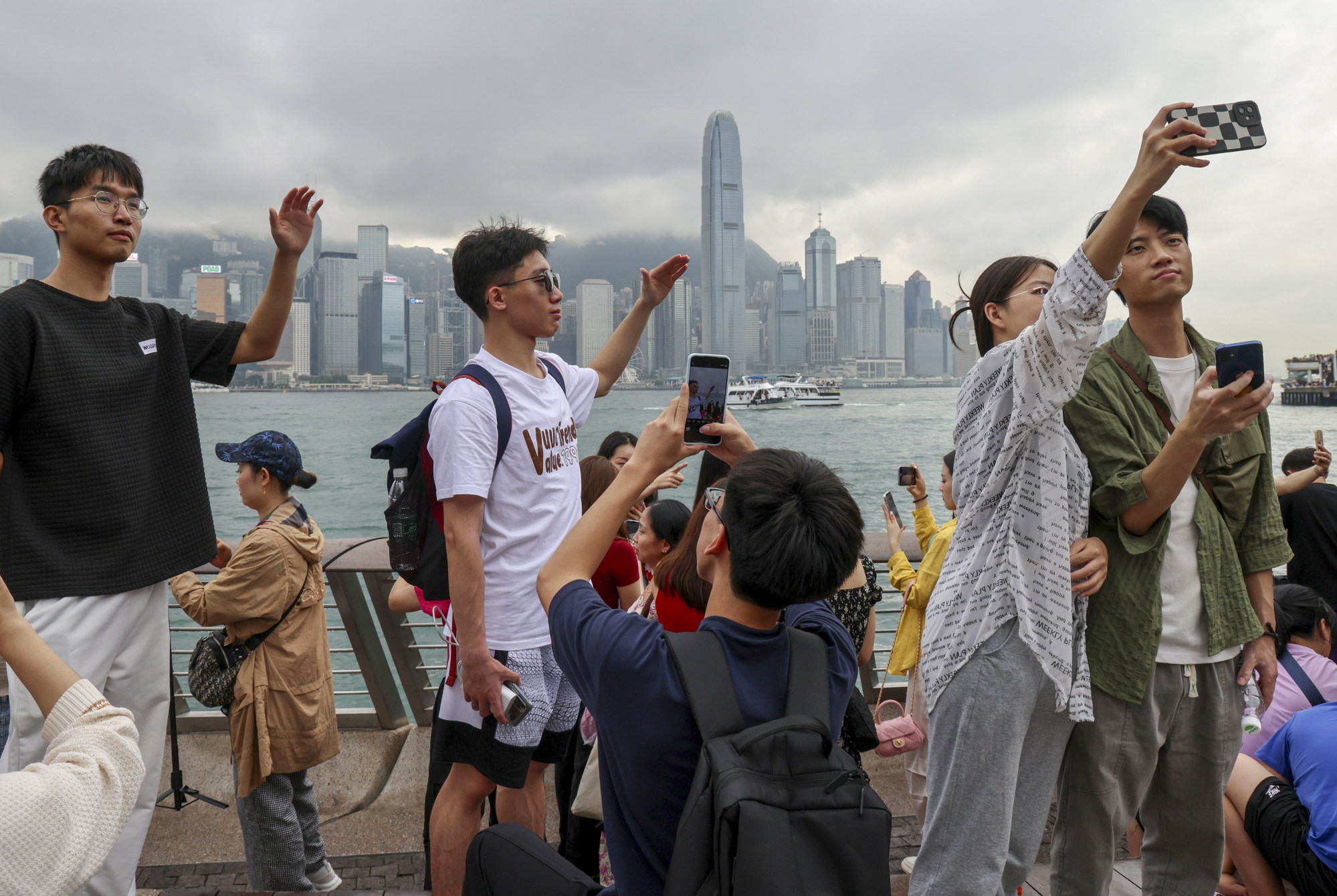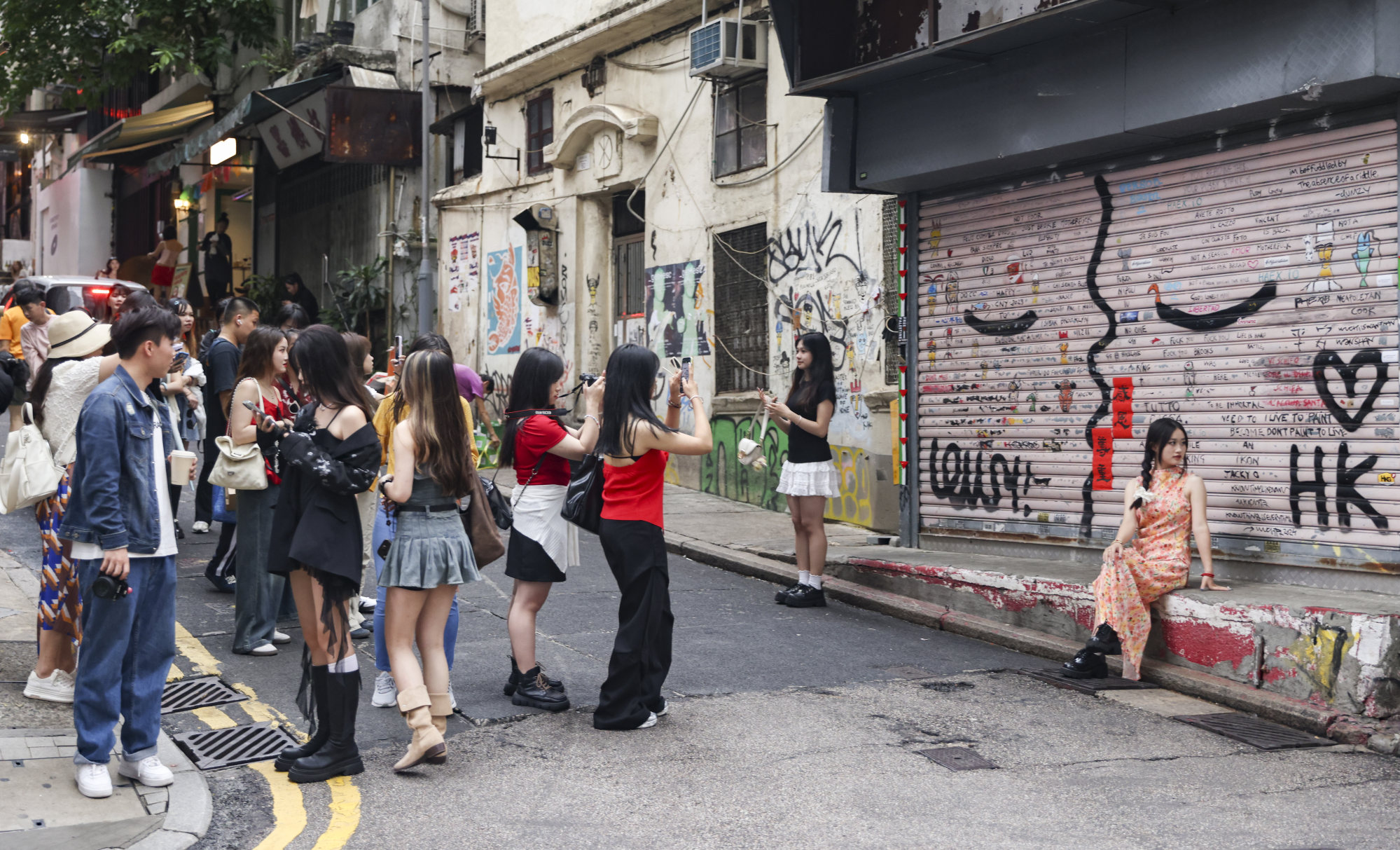Will the expanded solo traveller scheme be a ‘shot in the arm’ for Hong Kong? The Post finds out if tourism is poised for a revival
First open to Guangdong cities, namely Dongguan, Zhongshan, Jiangmen and Foshan, the scheme was credited with helping the financial hub recover from the economic downturn following the Sars epidemic.

2. Which new cities are included?
The National Immigration Administration on Saturday announced to include eight mainland cities on top of the existing 51.
The new cities are located in regions considered as remote: Taiyuan, the capital of Shanxi province; Hohhot in China’s northern Inner Mongolia autonomous region; Harbin in the country’s northeast province of Heilongjiang; Lhasa in Tibet; Lanzhou in Gansu; Xining in Qinghai; Ningxia’s regional capital, Yinchuan; and Urumqi in Xinjiang.
These cites have a combined population of more than 33 million, according to the tourism industry.
In February, Beijing expanded the scheme for the first time since 2007 to the cities of Qingdao and Xian. Residents in these cities are considered as having high incomes and spending power.
3. Why was the scheme once controversial?
Despite the positive reaction from the tourism and related business sectors, the spike in mainland tourists was not always positive.
The issue of parallel trading was a major flash point for some residents in the 2010s. These were traders who bought goods in one market to smuggle into another and sold them without authorisation.
Many residents were upset about the traders wiping shelves clean and occupying public spaces with bulk items, while leaving a trail of trash after leaving.
Hongkongers were also worried about tourists and buyers inflating the prices of goods.
Numerous protests broke out in the 2010s in areas where parallel traders were active, including Sheung Shui, Tuen Mun and Yuen Long, with protesters rallying to “reclaim” the neighbourhoods.
Thus, officials of the past administrations had taken a cautious approach to the scheme, saying they would need to take into account the impact it brought to the city’s transport and hotel capacity and local residents.

4. Why did the tide turn?
Since the reopening of Hong Kong’s border with mainland China after the Covid-19 pandemic, the recovery of the city’s hospitality and related sectors have been slow.
The tourism sector observed more mainland tourists tended to visit Hong Kong for day trips or chose to book cheaper accommodation across the border.
Travellers also spent less in Hong Kong as they preferred to explore the community by walking around the city instead of shopping and sightseeing at traditional areas.
Pang Yiu-kai, chairman of the Hong Kong Tourism Board hoped that the city would be able to tap into new sources of visitors with the expansion.
5. Can the changes revive Hong Kong’s economy?
Caspar Tsui Ying-wai, the executive director of the Federation of Hong Kong Hotel Owners, said the new groups of travellers were expected to stay in the city for about three days.
“Being long-haul visitors, they should plan to stay overnight here in Hong Kong and travel with a bigger budget for their trip. The new move will definitely be a real shot in the arm for the city,” he said.
In addition, Beijing’s recent extension of visa-free travel for 11 European countries could also attract Western travellers to stop over in Hong Kong when they travel to the mainland, Tsui said.
“The Hong Kong authorities should ... fight for tourists to transit to the city before they proceed to their destinations on the mainland,” he said.
But Simon Lee Siu-po, an honorary fellow at the Asia-Pacific Institute of Business at the Chinese University of Hong Kong, was less optimistic, pointing to the sluggish mainland economy with shrinking purchasing power.
The previous expansion which covered Xian and Qingdao had only generated a lukewarm response, with travel agents saying there had been no jump in bookings.